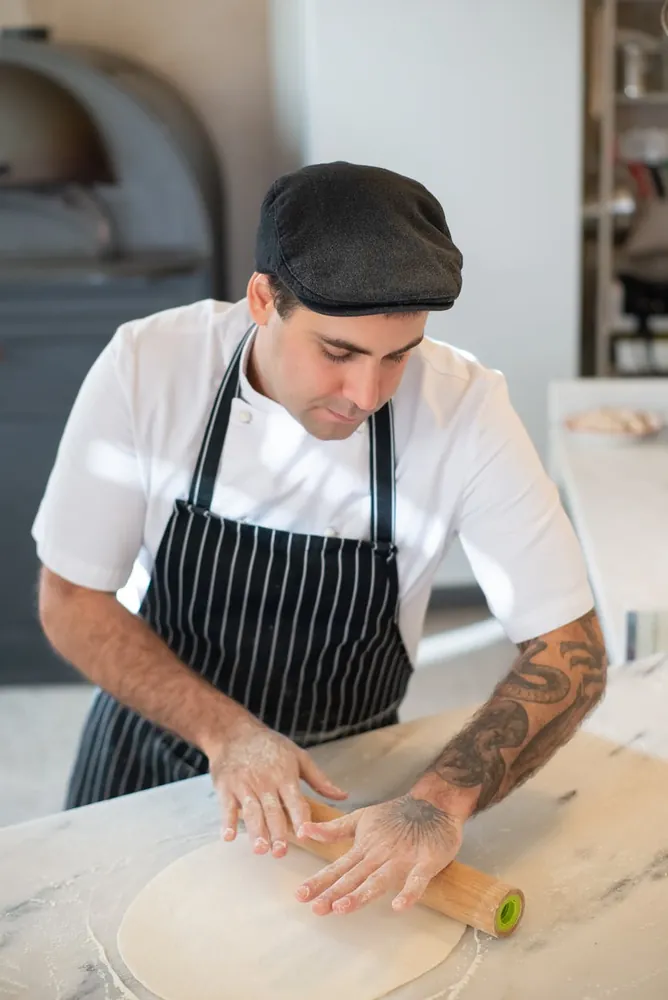Turning Kitchen Waste into Gourmet Delights with These Recipes

The Art of Culinary Repurposing
In a world increasingly conscious of sustainability, turning kitchen waste into gourmet dishes is not just eco-friendly but a wonderful way to explore creativity in cooking. Each day, countless edible scraps and leftovers find their way into trash bins when they could be repurposed into delicious meals. This article explores innovative ways to utilize common leftover ingredients, transforming them into culinary delights that are both exciting and environmentally responsible.
Why Waste When You Can Repurpose?
Food waste is a significant issue across the globe, contributing to environmental degradation and economic loss. However, by creatively repurposing leftovers, we can reduce waste while enriching our meals. It’s about finding value in what might otherwise be considered scraps.
Embracing the Philosophy
Adopting a zero-waste approach in the kitchen involves more than just following recipes; it requires a change in mindset. By viewing leftover ingredients as potential building blocks rather than refuse, we open up new culinary possibilities.
Transformative Recipes for Common Leftovers
Let's dive into some practical recipes that turn leftover ingredients into gourmet experiences. We'll begin with a quinoa salad featuring roasted vegetables and explore a savory bread pudding using stale bread.
Quinoa Salad with Roasted Veggies
This recipe is perfect for utilizing leftover cooked grains and vegetables. Quinoa provides a nutritious base while roasted veggies add depth and flavor.
Ingredients:
- 2 cups cooked quinoa
- 1 cup roasted vegetables (such as bell peppers, zucchini, or carrots)
- 1/4 cup chopped fresh herbs (parsley or cilantro work well)
- 2 tablespoons olive oil
- 1 tablespoon lemon juice
- Salt and pepper to taste
- Optional: crumbled feta cheese or toasted nuts for added texture
Instructions:
- Toss the Quinoa: In a large bowl, combine the cooked quinoa and roasted vegetables.
- Add Freshness: Mix in the chopped herbs.
- Create the Dressing: In a small bowl, whisk together olive oil, lemon juice, salt, and pepper.
- Combine: Pour the dressing over the quinoa mixture and toss well to coat.
- Enhance with Texture: Sprinkle feta cheese or toasted nuts over the top before serving for an extra layer of flavor.
This salad not only utilizes leftovers but also offers a refreshing take on traditional grain salads, perfect as a side dish or light main course.
Savory Bread Pudding Using Stale Bread
Bread pudding isn't just for dessert. By incorporating savory elements, you can turn stale bread into a delectable dish suitable for any meal.
Ingredients:
- 6 slices of stale bread, cubed
- 1 cup milk
- 1/2 cup grated cheese (cheddar or Gruyère)
- 3 eggs
- 1/2 cup sautéed mushrooms or onions
- Salt and pepper to taste
- A few sprigs of thyme or rosemary, chopped
Instructions:
- Preheat the Oven: Set your oven to 350°F (175°C).
- Prepare the Bread: Place the bread cubes in a large bowl. Pour milk over them and let soak until softened.
- Mix Remaining Ingredients: In another bowl, whisk together eggs, cheese, sautéed mushrooms or onions, salt, pepper, and herbs.
- Combine: Pour the egg mixture over the soaked bread and gently mix until combined.
- Bake: Transfer the mixture to a greased baking dish and bake for 25-30 minutes, or until the top is golden brown and set.
This savory bread pudding makes an excellent brunch option or a comforting dinner when paired with a salad.
Culinary Mini-Framework for Zero-Waste Cooking
This simple mini-framework will help you consistently transform leftovers into delicious meals without feeling overwhelmed.
- Assess Your Leftovers: Identify what you have available. Cooked grains, proteins, veggies, and stale bread can all be repurposed.
- Select a Base Recipe: Choose a versatile dish like salads, soups, frittatas, or casseroles that can accommodate various ingredients.
- Add Flavor Enhancers: Use herbs, spices, sauces, or cheese to boost flavor profiles.
- Mingle Textures: Incorporate different textures such as crunchy (nuts), creamy (dairy), or chewy (grains) to make meals more interesting.
By following this framework, you'll cultivate a habit of seeing potential in leftovers and reducing kitchen waste creatively.
